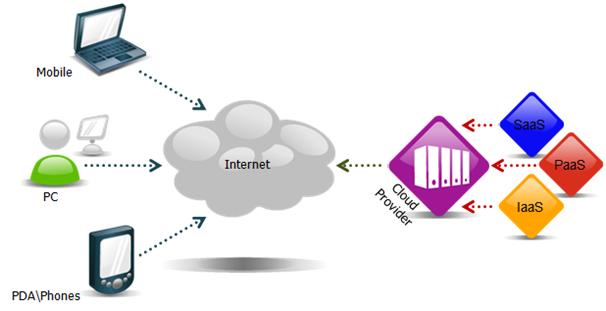It is no secret that softwares go through certain lifecycles from when they are first applied until they are running and operating on their full capacity, and cloud computing platforms are not much different from other softwares in general. However, cloud computing software and platforms offer so much more benefits compared to the traditional softwares, and for many reasons. In comparison to the traditional software as we know it, cloud computing is so much faster and responsive to the needs and requirements of your business. It is also far more flexible, and can be tailored to suit your changing needs without much hassle. This results in a snappy and bloat-free cloud computing experience that is also easier for you to use.
However, cloud computing still has to go through several different development lifecycles before they can be used. Prior to the implementation of cloud computing software, it is important for you to ensure that you have fulfilled all the necessary hardware and software requirements so that the implementation will be as problem-free as possible. Indeed, the main reason behind a lengthy implementation of a cloud computing system is due to a lack of preparation that leads to the unreadiness of the hardware and software used for the implementation itself. If the preparation is done correctly, migrating to a cloud computing system can only take a few days before the system is running in full capacity. Compared to the months it can take an on-premise solution to be implemented, migrating to cloud computing system is so much more time efficient.
During this phase of the development lifecycle, you need to be able to take a few factors into consideration as well. These factors include the typical deployment time of the particular cloud computing system you will be implementing, as well as the configurations you need to do in order to tailor your new system to your needs and requirements. It would also be best if you could do a small deployment test before you are running a cloud computing deployment to your system at large, in order to see it there are any potential errors that should be addressed.
After the cloud computing system has been deployed successfully, this does not mean that your work is over. Instead, you will be moving forward to the second phase of the development lifecycle to ensure that your new system is running and performing at its fullest capacity. You need to be able to ensure that your new system is monitored and tuned regularly, so that any potential problems could be addressed before they get worse. It would also be great if you could do health check on your cloud computing system regularly, and make sure that your system is in full compliance with all the standardized security measures available. You also need to have a fallback plan prepared in case of potential oversight as well as in case of security incidents happening, so that any potential problem can be addressed quickly.






